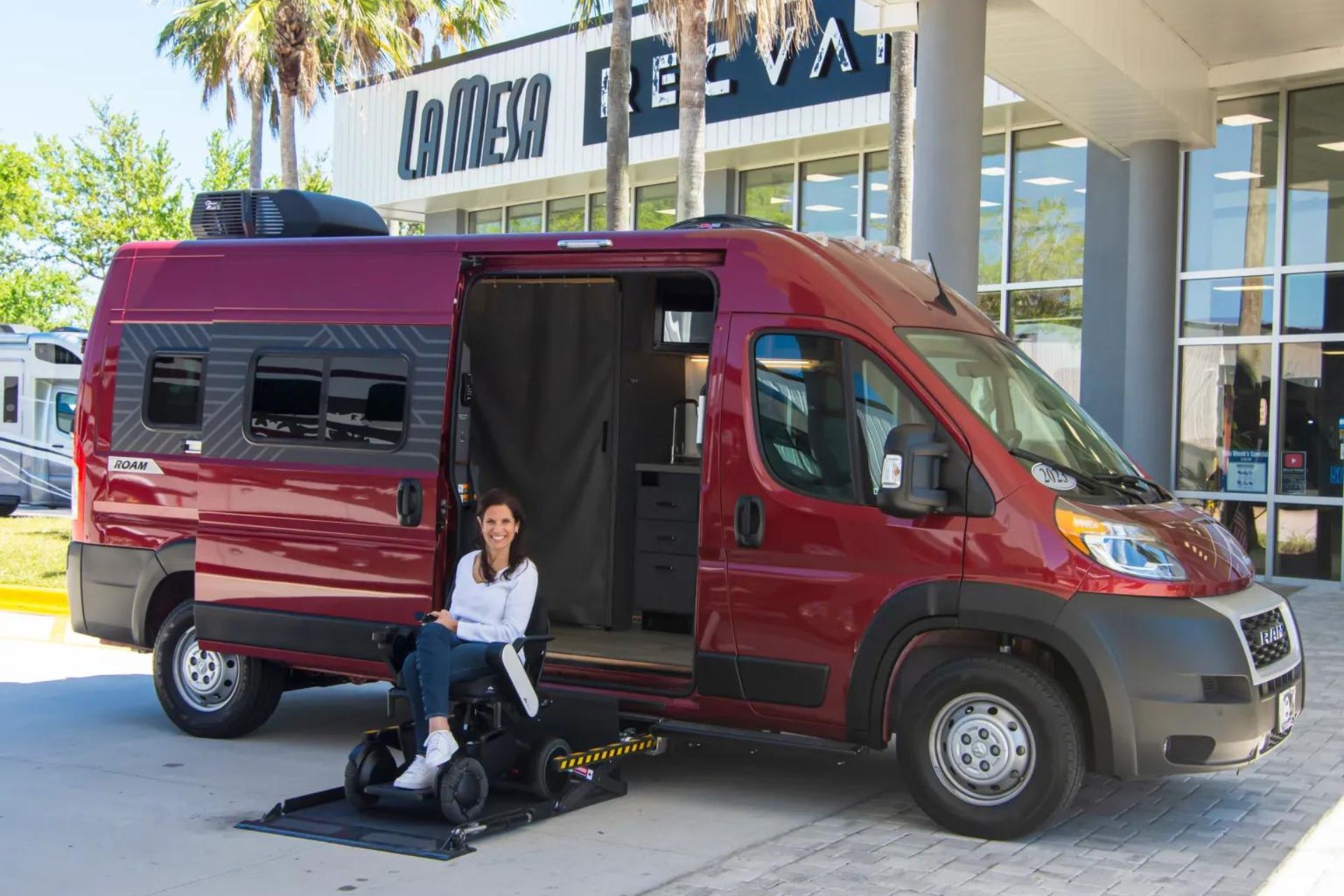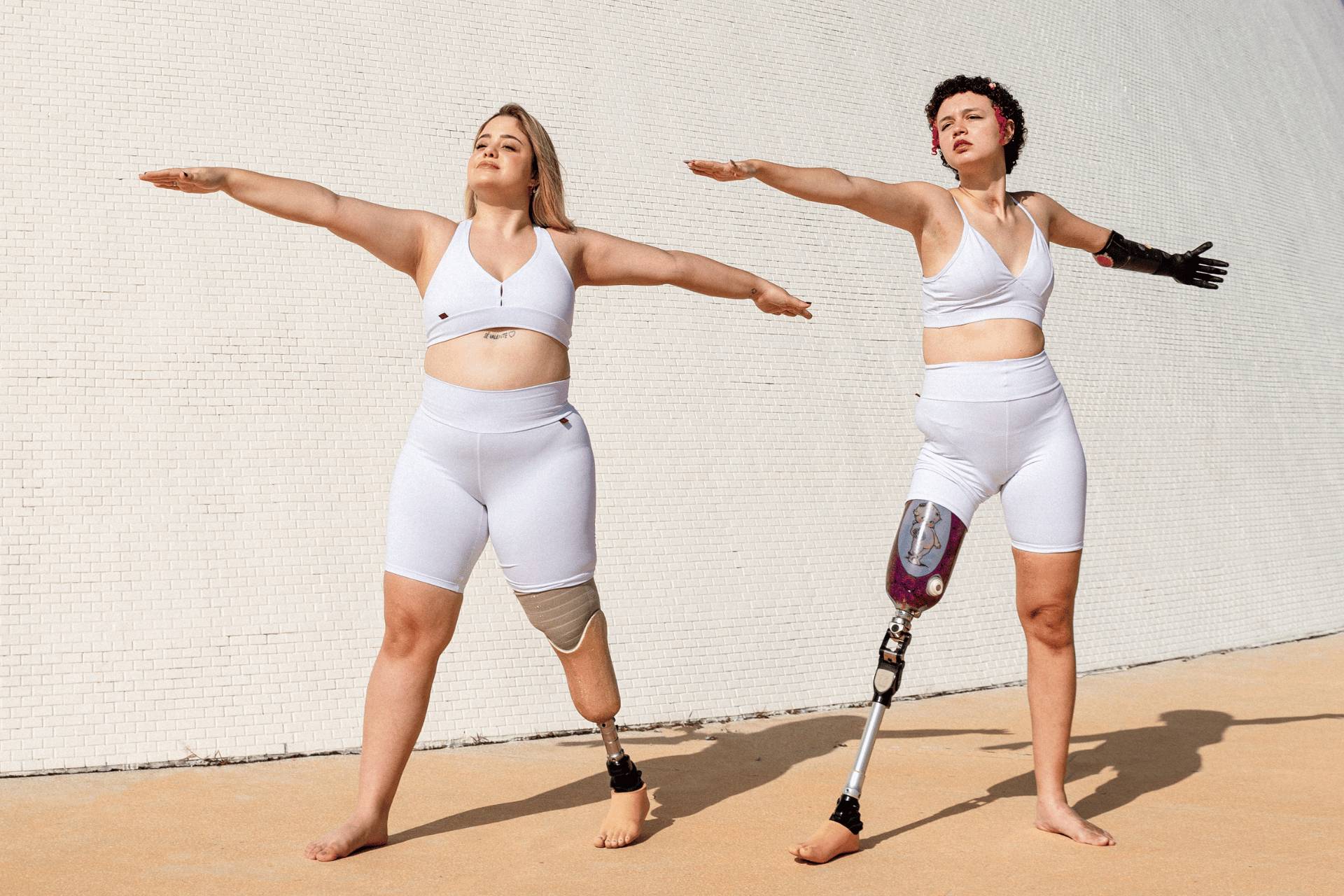International Travel and Accessibility for People

Traveling is an exciting and enriching experience that everyone should have the opportunity to enjoy. However, for people with disabilities, traveling can present unique challenges. Accessibility issues, lack of information, and other barriers can make it difficult to plan and execute a successful trip.
The Challenges of Traveling with a Disability
In 2021, $7,239 wheelchairs or scooters were lost, damaged, delayed, or stolen on the country’s largest airlines according to the air travel consumer report. And a 2021 survey conducted by AbleMove reports that out of over 300 wheelchair users, 43% say they no longer fly due to their past experiences.
Resources for Accessible Travel
Despite these challenges, there are many resources and organizations working to improve accessibility and make travel more inclusive for people with disabilities. One such organization is the American Association of People with Disabilities (AAPD), which promotes the ideals of the Americans with Disabilities Act around the world to increase the ability of individuals with disabilities to travel, work, and live abroad.
The United Nations Convention on the Rights of Persons with Disabilities
On an international level, the United Nations Convention on the Rights of Persons with Disabilities (CRPD) is a key document that outlines the rights of people with disabilities. Passed by the UN General Assembly in December of 2006 and coming into force on May 3, 2008, the CRPD is one of the nine human rights treaties of the United Nations. It signifies a change in the perception of people with disabilities as objects of charity and protection to individuals who have rights that must be respected and guaranteed by states.
The CRPD defines the rights of people with disabilities following eight basic principles: respect for inherent dignity, individual autonomy including the freedom to make one’s own choices, and independence of persons; non-discrimination; full and effective participation and inclusion in society; respect for difference and acceptance of persons with disabilities as part of human diversity and humanity; equality of opportunity; accessibility; equality between men and women; respect for the evolving capacities of children with disabilities and respect for the right of children with disabilities to preserve their identities.
AAPD’s Role in Promoting Accessibility
AAPD monitors the progress of the Disability Treaty and promotes its international fulfilment. For more information and resources on the treaty you can visit the United Nations website and DisabilityTreaty.org as well as view a captioned video of the Senate Foreign Relations Committee hearing on November 5, 2013.
The United States signed the Disability Treaty on July 30, 2009. However, it has yet to be ratified (approved) by the Senate. AAPD plays a central role in crafting strategy related to its passage through the United States Senate.
While there is still much work to be done to improve accessibility for travelers with disabilities, there are many resources available to help plan a successful trip. By being informed about your rights and knowing where to find assistance, you can navigate the world with confidence.
Traveling with a disability can present unique challenges but it is not impossible. With proper planning and knowledge about available resources, people with disabilities can enjoy enriching travel experiences.
For more information about AAPD’s work promoting accessibility for travelers with disabilities, please visit our website.







